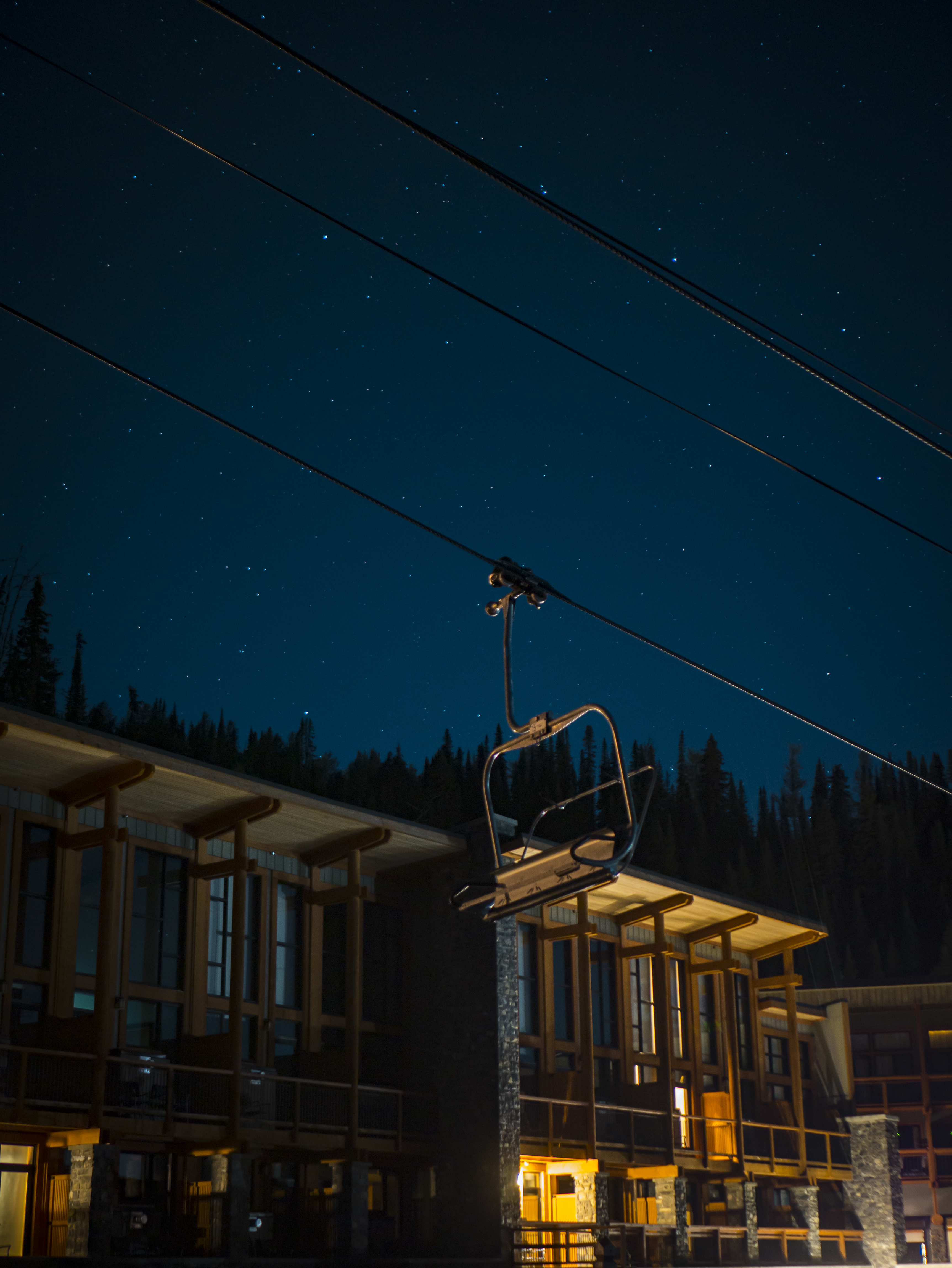Thursday, July 3
Stargazing at Banff Sunshine: Constellations to Spot in the Summer and Fall

Stargazing at Banff Sunshine: Constellations to Spot in the Summer and Fall
When was the last time you wished upon a star? Long after the sun dips behind the majestic peaks of the Canadian Rockies, a different kind of beauty awakens above Banff Sunshine Village. Nestled at 7,200 feet and far from the bright lights of town, Sunshine offers one of the most breathtaking dark-sky experiences in the Rockies. With crisp alpine air, minimal light pollution, and panoramic views of the horizon, this remote setting is a dream for stargazers—and, under the right conditions, a front-row seat to the northern lights.
The constellations visible above Banff Sunshine provide ample opportunity to wish upon stars. Throughout the year, a variety of constellations can be spotted overhead. Infused with clean mountain air, the stars seem to shine brighter at Sunshine. If you’re visiting this summer, head outside after sunset and try to spot these constellations and celestial features:
- The Summer Triangle: Made up of the bright stars Vega, Deneb, and Altair, this triangle dominates the summer sky and remains visible into fall. It’s easy to spot—even for beginner stargazers.
- Cygnus (The Swan): Located within the Summer Triangle, Cygnus flies along the plane of the Milky Way. Its dramatic cross-like shape is often called the Northern Cross.
- Lyra: Home to the bright star Vega, Lyra also contains the Ring Nebula (M57), a favourite among telescope users.
- Sagittarius & Scorpius: Near the southern horizon in late summer and early fall, these constellations mark the center of the Milky Way galaxy. On a moonless night, the Milky Way appears as a bright, smoky band stretching across the sky.
- Cassiopeia: This distinctive W-shaped constellation becomes more prominent in autumn and serves as a useful marker for finding the North Star.
- The Big Dipper & Polaris: These reliable navigators of the northern sky are visible year-round, rotating around the celestial pole.
Tips for Stargazing at Sunshine Village
- Let your eyes adjust: It takes about 20–30 minutes for your vision to fully adapt to the dark. Avoid using bright white flashlights; opt for a red light if you need to see.
- Dress warmly: Even summer nights can get chilly at high elevations. Bring layers and consider a blanket if you’re planning to sit still and watch the stars.
- Bring binoculars: While a telescope is great, a basic pair of binoculars can open up views of star clusters and nebulae.
- Check moon phases: A new moon offers the darkest skies. A full moon, though beautiful, can wash out fainter stars and auroras.
- Be patient and stay curious: The sky is always changing. Whether it’s a meteor streaking overhead or the slow arc of a satellite, you’ll rarely leave without spotting something magical.
This summer, escape to the mountains and experience the wonders of the wild night sky from the heart of the Canadian Rockies. A stay at Sunshine Mountain Lodge is the perfect way to enjoy the magic of the mountains by day and the splendor of dark skies by night. Whether you’re lucky enough to witness the shimmering green of the northern lights or simply trace ancient constellations in a star-filled sky, the experience is guaranteed to be unforgettable.
